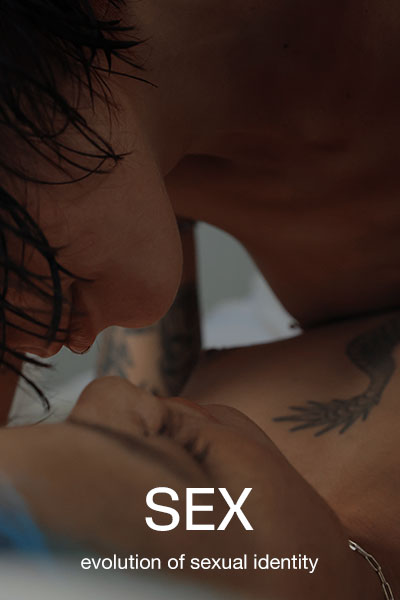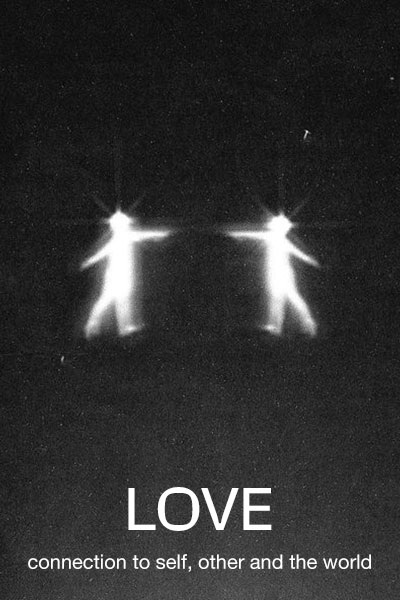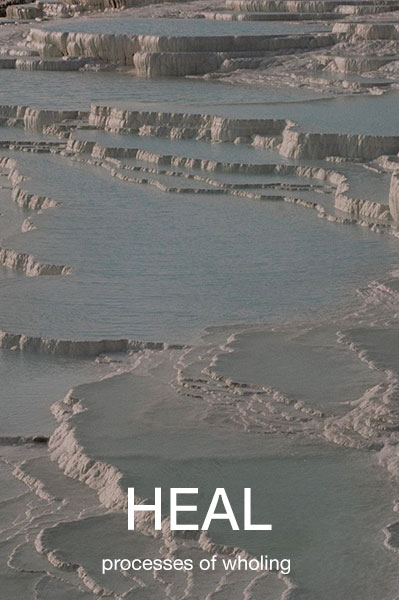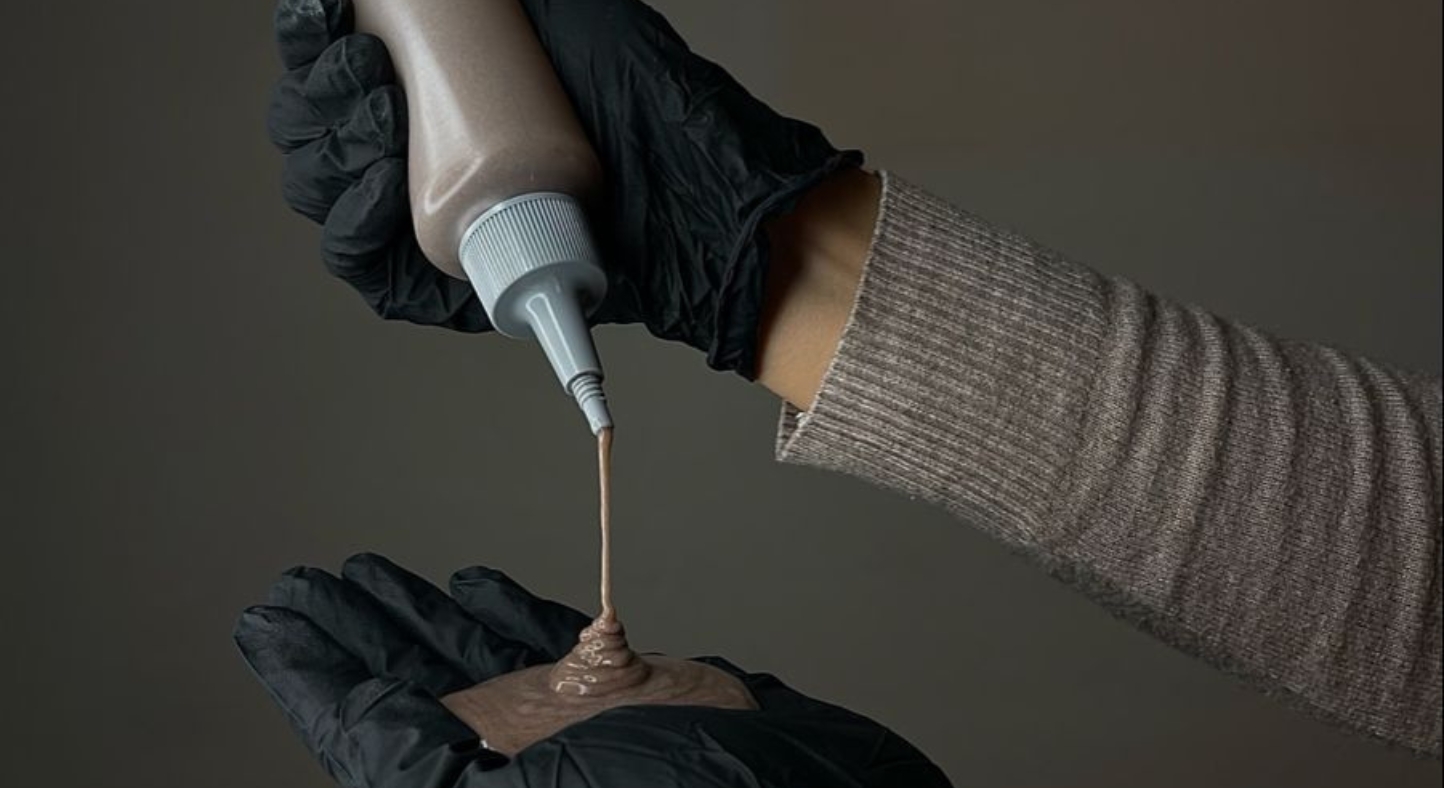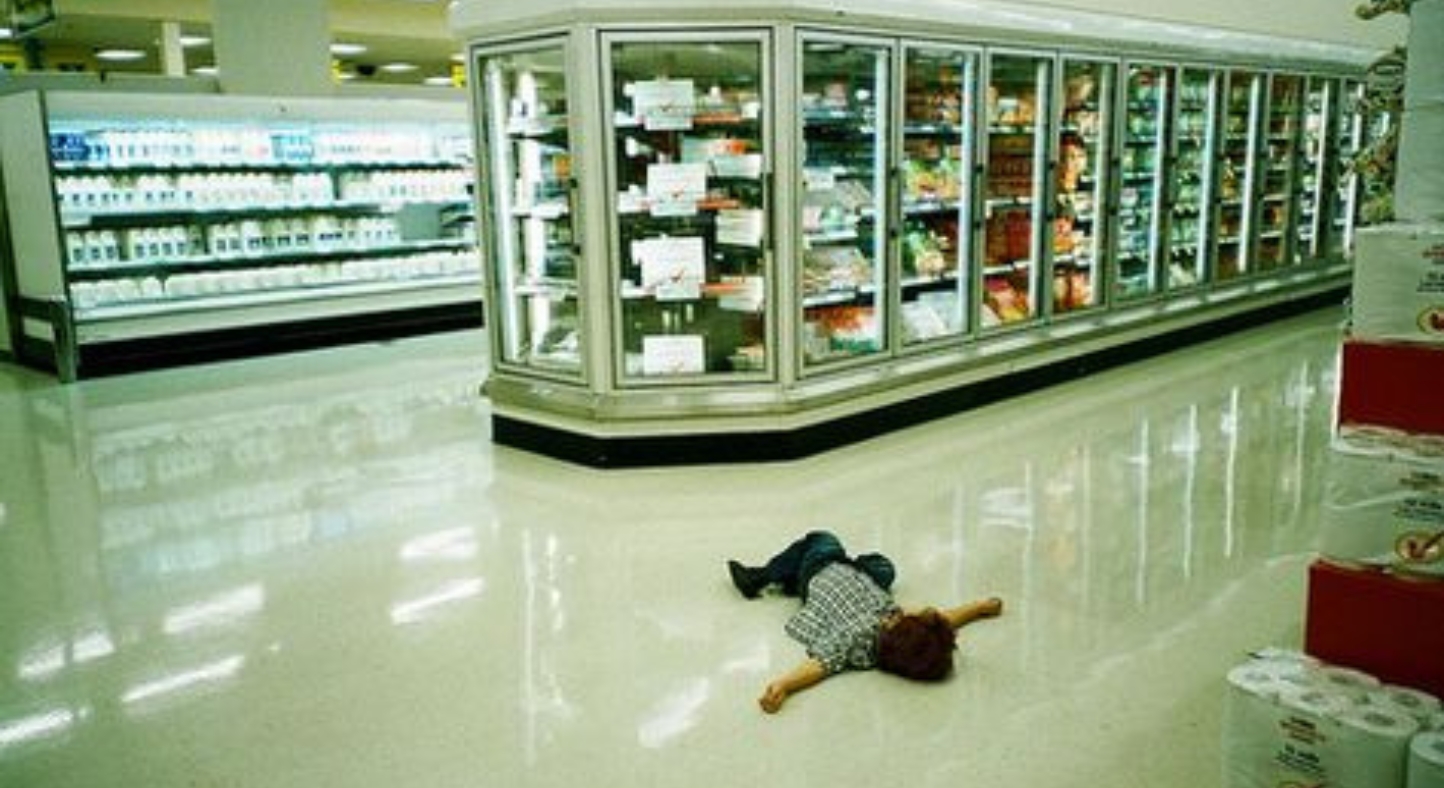What’s in a word?
How to read and understand cosmetic labels
When it comes to the greenwashing maze, the beauty industry doesn’t make it easy. With fake walls, twisting corners and dead ends, here’s how to avoid a bottleneck and find a clear path to sustainable beauty products.
Firstly, it’s not just you, it’s the big guy’s fault. One of the largest issues lies in the fact that there is no specific standard or regulatory body in Australia deeming products sustainable or not. Additionally, there is no centralised list of ingredients or chemicals that are banned for use nation-wide – it comes down to the regulatory authority in each state or territory.
Because there is no real gold standard, we’re seeing some major retailers coming out with their own code. Sephora, for example, launched their ‘Clean at Sephora’ program earlier this year, which is a product line produced with ingredients that you likely wouldn’t want to slather on your skin (e.g. synthetic fragrances, pthalates etc.)
It’s mostly up to consumers to try and sort through green marketing menagerie to find products and brands that truly keep sustainability front of mind. Here are a couple of terms you’ll find displayed on products and what you should be looking out for.
GREEN & CLEAN
If you don’t see green chances are you’ll see “clean.” This is the epitome of greenwashing. It doesn’t mean a thing and is a major red flag. There’s no standard or definition for something that is a clean or green product so you need to do your own research.
ECO-FRIENDLY
We’re faced with another dilemma here, another word with no substance. If a product is labelled as eco-friendly look to see why a brand has come to those conclusions because no regulatory body is checking. Whilst technically, a product may very well be eco-friendly because there isn’t any standards, you’ll need to do your own investigating.
VEGAN
Just because a product is vegan doesn’t make it healthy. The same goes with beauty products – vegan-friendly doesn’t necessarily mean environmentally-friendly. Beeswax is a common ingredient in many cosmetics due to its natural antibacterial properties. Read the back of the label for exactly what ingredients contain which animal byproducts and make sure anything you buy is cruelty-free.
ANIMAL TESTING
As of 1 July 2020, cosmetic testing on animals is banned in Australia. This means that new ingredients or products used in cosmetics cannot use data from animal tests to validate safety. The catch? Products which were available on Australian shelves before the introduction of the ban that have been tested on animals can remain. The solution? Look for products with the cruelty-free bunny rabbit.
NATURAL
All-natural, natural or naturally-derived is a marketer’s superpower. The term sounds natural, clean and planet-savingly glorious, right? Whereas what it actually means is that at one point in its life, the ingredient or a percentage (what percentage that is, is up to the brand, which they don’t need to disclose) came from a natural source. What that ingredient is now? Start guessing.
COSMOS
COSMOS is regarded as one of the top certification standards internationally. Divided into two categories organic and natural, the certification is one you can trust. COSMOS organic for example specifies and regulates that at least 95 percent of the ingredients in a product are organic. Whereas COSMOS natural are products which meet all other sustainability criteria but do not contain a high enough percentage of organic ingredients.
Certified Organic
There are actually six organic certifications in Australia, the most common being the Australian Certified Organic or ACO. To obtain this certification a brand must show proof of organic farming practices, supply chain traceability and have an ongoing care plan in place.
Top tip: When it comes to the beauty industry COSMOS is the most trusted international standard which is split in two, natural and organic.
Organic
In Australia, there are six different companies which can deem an ingredient as certified organic. The most popular and trusted is Australian Certified Organic (ACO). If a product says it’s organic, make sure you look for its symbol. Additionally, some will specify what percentage of the ingredients are organic, but sometimes it can be as low as one percent.
Need some backup? Download the Think Dirty app. Simply download the barcode of most beauty products and it will show just how dirty it is on a scale of 1-10.
NO TOXIC INGREDIENTS
If a product proudly states that it “contains no toxic ingredients” that’s great, right? Technically speaking, a product that contains natural ingredients can still contain toxic ones due to the lack of regulation in Australia. Some of the most common nasty ingredients to be wary of are sodium lauryl sulphate, sodium laureth sulphate, parabens, palm oil, phthalates and petrochemicals (yep look closely for mineral oil, petrolatum and even coal tar which is in many beauty products.) Flip the product over and look at the ingredients to decipher if it really does help or hinder you and the planet.
BIODEGRADEABLE
When you see biodegradable labelled on a product you need to think about two things: number one, is the product biodegradable or number two, the packaging? Or is it both? A trustworthy brand will make it clear and obvious. Biodegradable means that whatever item they are talking about is able to break down with the help of microorganisms under the right conditions. A product that is legitimately biodegradable should at least hold AS 4736-2006.
HOW TO AVOID GREENWASHING BOOBIE TRAP.
Don’t judge a book by its cover. Just because it’s green in colour doesn’t mean it’s good for you or Mother Earth. Take your time to look at the ingredients and packaging before hitting the check out.
Ask questions. Not sure of an ingredient? Can’t see where a product is made or who made it? Have a google and don’t be afraid to ask the brand/retailer. If the product is legitimately sustainable they will have no trouble answering any question you ask.
Look for a sign. Quite literally, look for accreditation symbols, if they’ve got them they will be showing them off so they’ll be easy to spot.






